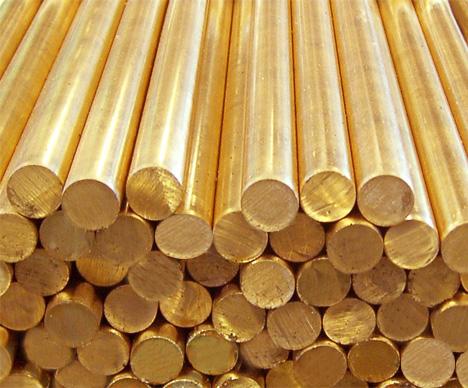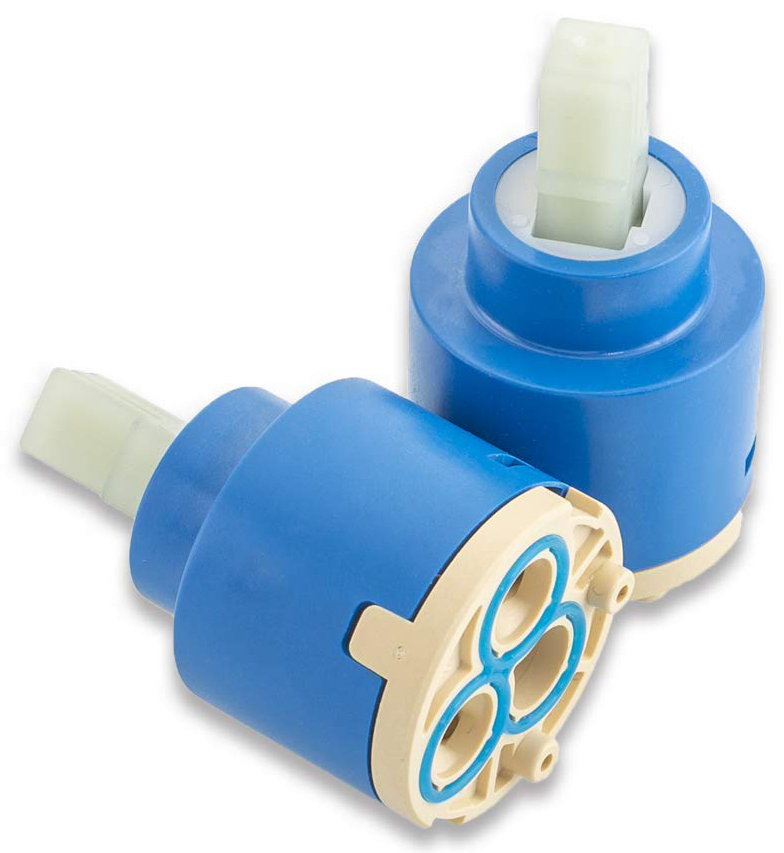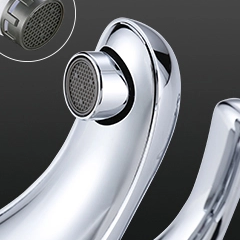Views: 0 Author: Site Editor Publish Time: 2024-02-06 Origin: Site
Choosing a good faucet is crucial as there's a wide variety on the market with varying quality. Purchasing a subpar faucet not only wastes time, effort, and money but could also jeopardize the health of your family.

Here are five key points to remember when selecting a faucet:
Material: When it comes to faucet materials, remember the following hierarchy:
Plastic < Zinc Alloy < Cast Iron < Ceramic < Stainless Steel < Copper
It's strongly recommended to replace faucets made of plastic, zinc alloy, or cast iron immediately. Prolonged use of these materials can be harmful to health. Plastic faucets are prone to damage and have the shortest lifespan. Zinc alloy can oxidize when in contact with water, releasing harmful heavy metals like zinc and lead. Cast iron faucets are prone to rust, leakage, and can pose health risks. Stainless steel and ceramic faucets, while not harmful to health, are not the best choices due to immature production processes, high production costs, susceptibility to damage (in the case of stainless steel), and fragility (in the case of ceramic).
Copper, on the other hand, has a mature production process, is corrosion-resistant, and has excellent antibacterial properties, making it very suitable for faucet production. Copper faucets are also popular in the market.

Cartridge: The quality of the valve core affects the faucet's water-saving performance. Currently, there are two main types of valve cores on the market: ceramic cartridge and steel cartridge
It is recommended to choose faucets with ceramic valve cores. They are heat-resistant, wear-resistant, and have a longer lifespan, thus better preventing dripping and leakage. While steel ball valve cores also perform well, they have a shorter lifespan compared to ceramic ones and are more prone to dripping.

Aerator: A good faucet aerator ensures that water splashes are minimized, providing a gentle and comfortable flow while effectively conserving water.
Before purchasing a faucet, it's best to ask the merchant for a water test to experience the comfort and flushing force of the water flow firsthand. The more bubbles in the water flow, the better the quality of the aerator and the more efficient the water-saving function.

Appearance: The surface of the faucet should be shiny like a mirror. After polishing, a layer of nickel or chrome is plated on the surface to prevent oxidation, providing corrosion resistance over time. When selecting, place the faucet in a well-lit area to check for oxidation spots, pores, plating leaks, bubbles, scorch marks, and ensure the color is uniform without burrs or sand grains. Additionally, pressing the faucet with your fingers should leave no fingerprints and should quickly dissipate without leaving marks, and it should not easily attract dirt.

Brand Recognition and After-sales Service: When purchasing a faucet, it's advisable to visit reputable stores and choose well-known brands to ensure better after-sales support. Non-standard products often lack any markings or may have only paper labels. Genuine faucets from reputable brands should have brand logos on the packaging box, ensuring quality assurance and after-sales service. It's essential to be cautious when buying and not to rely solely on others' recommendations.
Remember these points when selecting a faucet to ensure you make the best choice for your home.
